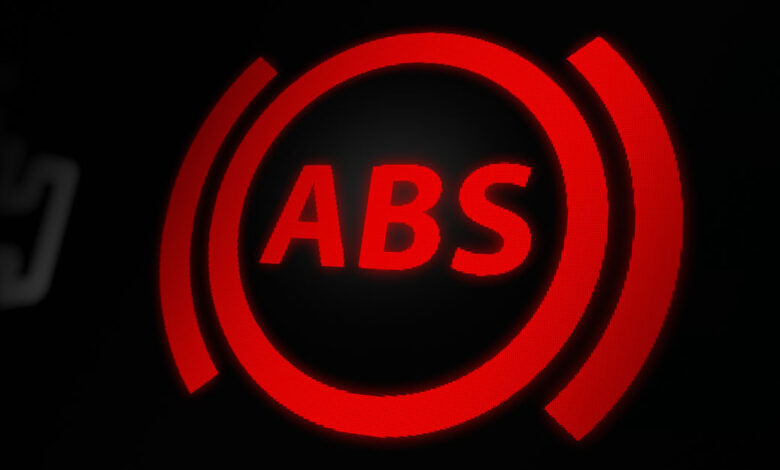Symptoms of a Bad Lighting Control Module: Key Signs and Causes

The lighting control module (LCM) is a critical component in your vehicle, controlling a wide array of lighting functions, including headlights, taillights, turn signals, and dashboard lights. When the LCM starts to malfunction, it can lead to various issues that not only compromise your safety but also affect the overall functionality of your vehicle. Understanding the symptoms of a bad lighting control module can help you identify the problem early and take the necessary steps to fix it. Here are the key signs to look for:
1. Intermittent or Non-Functioning Lights
One of the most prominent symptoms of a bad lighting control module is when your vehicle’s lights start behaving erratically. This might include headlights that flicker, taillights that stop working entirely, or brake lights that work intermittently. This is particularly dangerous, as it affects both your visibility and your ability to signal your intentions to other drivers. If you notice that your lights are not consistently working as they should, the LCM could be the culprit.
2. Erratic Turn Signals
Turn signals are essential for safe driving, and when they start malfunctioning, it can be a clear sign of a bad LCM. Symptoms include turn signals that blink too quickly, too slowly, or fail to operate at all. This is often due to a malfunctioning relay within the LCM, which is responsible for regulating the flashing rate of your turn signals. In some cases, turn signals may work sporadica
3. Dashboard Light Issues
The dashboard lights provide crucial information about your vehicle’s performance and are another area where symptoms of a bad lighting control module can manifest. If these lights fail to illuminate properly, or if they behave erratically (e.g., flickering or turning off unexpectedly), it’s a strong indicator that your LCM is not functioning correctly. Without reliable dashboard lights, you may be unaware of critical issues such as low fuel, engine problems, or other warning signals.
4. Brake Lights Staying On
Another signifi
5. Hazard Lights and Emergency Signal Malfunctions
The LCM also controls your vehicle’s hazard lights and emergency signals. If these lights start to behave erratically, such as blinking too rapidly, not engaging at all, or turning off unexpectedly, it’s likely that the LCM is failing. This is especially problematic in emergency situations where you need to alert other drivers of your vehicle’s presence or status on the road.
6. Electrical Gremlins
You may experience what is often referred to as “electrical gremlins” when the LCM begins to fail. These are unpredictable and seemingly random electrical issues, such as random flashing of lights, erratic operation of various electrical systems, or strange noises coming from the electrical components. These issues are usually the result of the LCM sending incorrect signals or failing to regulate the vehicle’s electrical systems properly.
7. Vehicle Fails Inspection
Given that the LCM controls critical safety functions, a malfunctioning module can cause your vehicle to fail safety inspections. Non-functioning lights, inconsistent signals, or other related issues are common reasons for inspection failures. This can lead to additional repair costs, fines, and delays in getting your vehicle back on the road.
Causes of LCM Failure
Several factors can cause the LCM to fail, including:
- Age and Wear: Over time, the internal components of the LCM can degrade, leading to failures.
- Water Damage: If moisture enters the LCM, it can cause corrosion and short circuits, leading to erratic behavior or complete failure of the module.
- Electrical Surges: Voltage spikes or inconsistent electrical flow can damage the LCM, especially if the vehicle’s grounding is poor.
Repair and Replacement
When dealing with the symptoms of a bad lighting control module, the most common solution is to replace the module. This process involves disassembling parts of the vehicle’s interior to access the LCM and installing a new module. Many modern vehicles also require the new LCM to be programmed to work with the car’s specific systems, which might require specialized tools and expertise.









